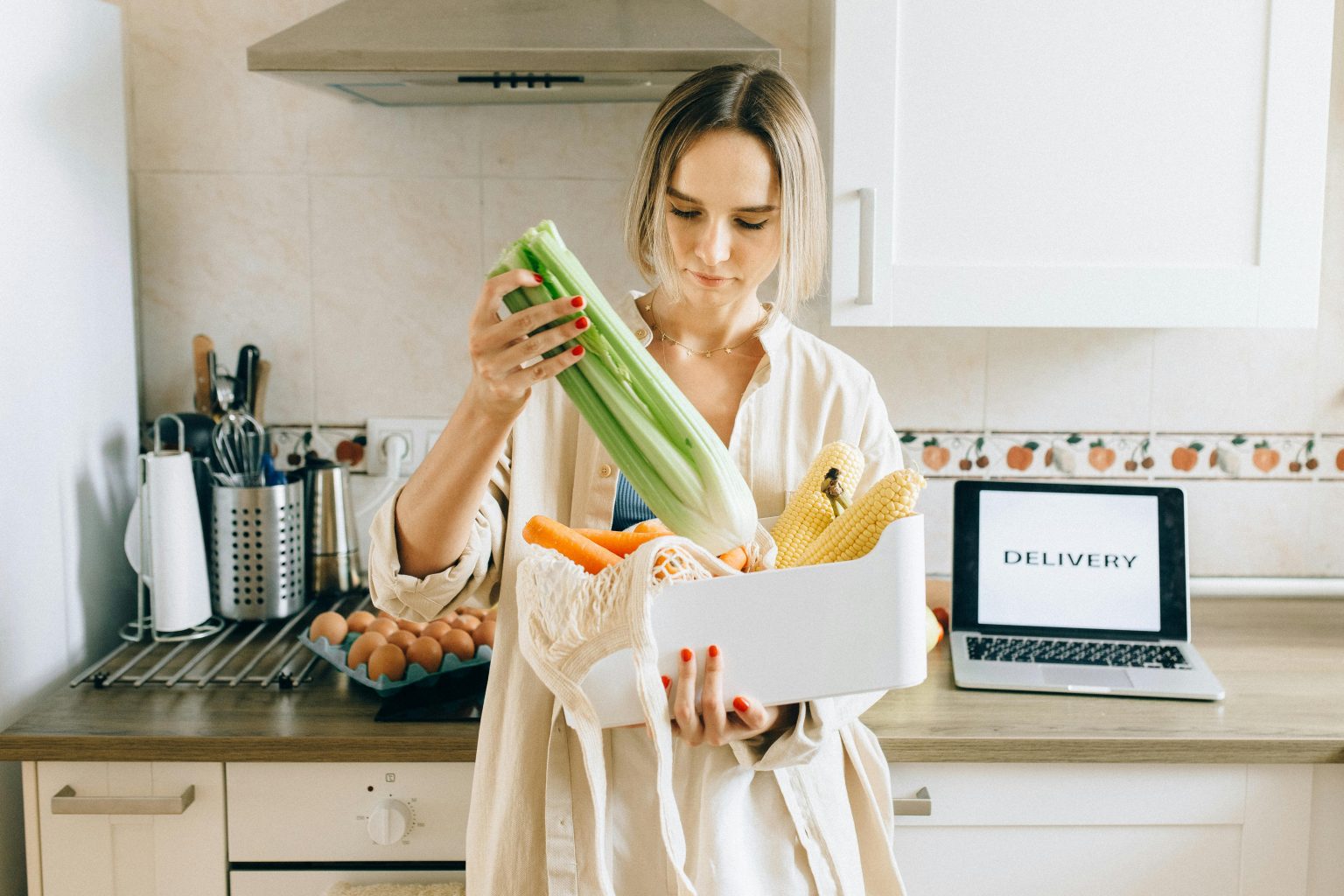The grocery scene in the UK has seen quite a transformation over the past few years. What started as a handy option during the pandemic has now evolved into the go-to shopping method for millions of families. By 2025, online grocery shopping isn’t just on the rise—it’s thriving. Families all over the UK are moving their weekly shopping from supermarket aisles to the comfort of their own screens, and this change seems to be here for the long haul.
A Shift Driven by Necessity, Strengthened by Convenience
After COVID-19 hit, the UK experienced a significant change in shopping habits. According to Statista, the online grocery market in the UK soared to over £25 billion by the end of 2024, a remarkable jump from just under £15 billion in 2019. While many people initially turned to online shopping out of necessity, what kept them coming back was something even more appealing: convenience, flexibility, and a wider selection of products.
For busy families balancing work, school, and home responsibilities, saving even an hour or two each week can be a game-changer. Online grocery platforms offer that time-saving benefit, letting users shop whenever it suits them—whether that’s early in the morning, during lunch breaks, or late at night after the kids are tucked in.
Plus, the rise of user-friendly mobile apps and websites has made the whole experience smoother than ever. Features like shopping lists, saved favorites, and scheduled deliveries have eliminated the hassles that once made online grocery shopping feel awkward or impersonal.
Smarter Budgeting in the Digital Aisles
Financial strain is a big worry for UK families, especially with ongoing inflation and fluctuating living costs. Interestingly, many households have discovered that shopping for groceries online helps them keep their budgets in check.
Online shopping has really changed the game when it comes to price transparency. Shoppers can easily compare prices in real time, keep track of their totals in their carts, and dodge those impulse buys that often happen in brick-and-mortar stores. It’s much simpler to spot deals and promotions online, and without the distractions of in-store displays, people can stick to their budgets more effectively.
According to data from IGD (Institute of Grocery Distribution), this shift in shopping habits is evident, with 58% of UK grocery shoppers in 2024 reporting that they use online platforms to keep a closer eye on their spending. For families trying to manage tight monthly budgets, having this level of control is a huge motivator.
A Growing Taste for International and Specialty Foods
One of the more unexpected trends we’ve seen lately is the increasing demand for imported and specialty foods. UK families are broadening their culinary experiences, seeking out everything from French cheeses and Spanish olives to authentic Italian pasta and German biscuits, often through online grocery stores.
For those who have roots in other European countries or have family living abroad, being able to access familiar brands and traditional foods offers a comforting connection to their heritage. Even for families who are native to the UK, there’s a rising interest in European cuisine and ingredients, especially with the trend of travel-inspired cooking gaining traction.
Stores like EuropaFoodXB, a UK-based online supermarket, have tapped into this demand by offering a wide range of European groceries and delivering them across the country. With products from France, Italy, Portugal, Spain, and more, they’ve become a go-to destination for families craving authentic flavors.
This growing interest is also evident in Google Trends data, which shows a consistent year-on-year increase in searches for “buy European food online UK” since 2020.
Delivery Improvements Are Building Trust
In the past, worries about the freshness of perishable products and inconsistent delivery times prevented many households from trusting online grocery sites. But logistics and packaging have greatly improved.
Thanks to insulated packaging and cold chain logistics, fresh products like seafood, meat, and dairy are now transported safely within 3 to 5 working days across the UK. Next-day or even same-day delivery is also available in larger cities like Manchester, Birmingham, and London on some platforms.
Delivery costs have also decreased in price and visibility. EuropaFoodXB, for instance, offers free delivery within London on orders of more than £60 and for most UK delivery destinations on orders of more than £80. Without any extra concealed charges or surprise taxes, customers are more than ever prepared to buy groceries online.
Online Shopping and the Modern Family Lifestyle
The Internet-based grocery idea translates as readily to modern families. Convenience is the demand – whether modifying orders at the last minute, setting up repeat deliveries, or running large family shops from a phone. With many users in a single household able to add products to a shared basket, the effort is now collaborative and even somewhat fun.
Moreover, being able to shop with purpose – free from the sensory overload and time pressure of jammed aisles – means better decision-making and fewer mistakes. Parents report feeling less rushed and more focused, which means healthier choices and less food waste.
There is even a greater awareness of sustainability. Most of the online grocery delivery companies these days emphasize sustainable packing and work alongside delivery firms with emission-cutting policies. Even in a latest Nielsen survey, 70% of British consumers said they’d be more likely to shop from a grocer that demonstrates environmentally friendly practices. This is still another example of how online stores are responding to the values of today’s households.
What’s Next?
In the coming years, shopping for groceries online will become much more personalized. AI-powered recommendations, smart kitchen integrations, and app-supported pantry management are just the beginning. But what will still be driving adoption among UK families is simple: shopping smarter, faster, and more globally from the comfort of home.
By 2025, families are no longer shopping online because it is convenient – they’re shopping because they want to.



